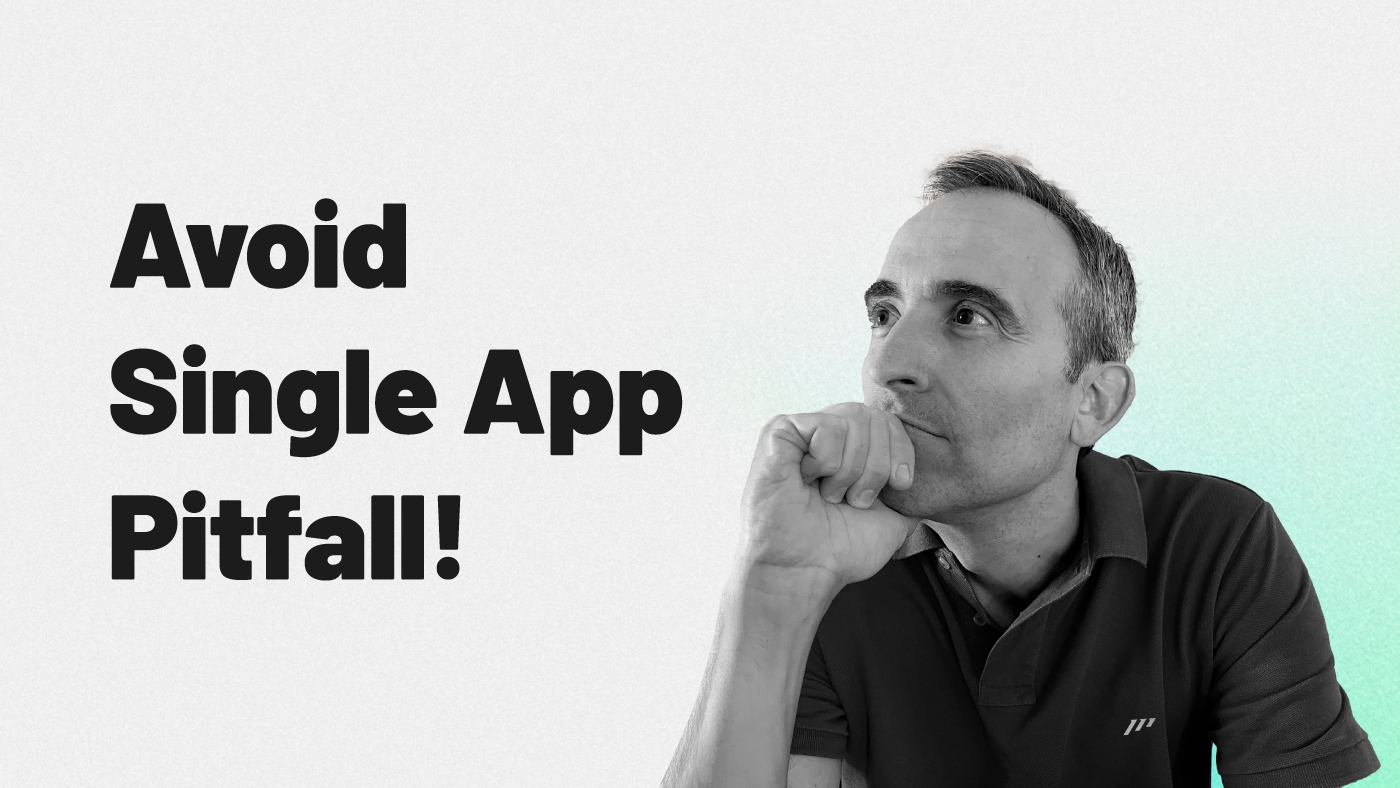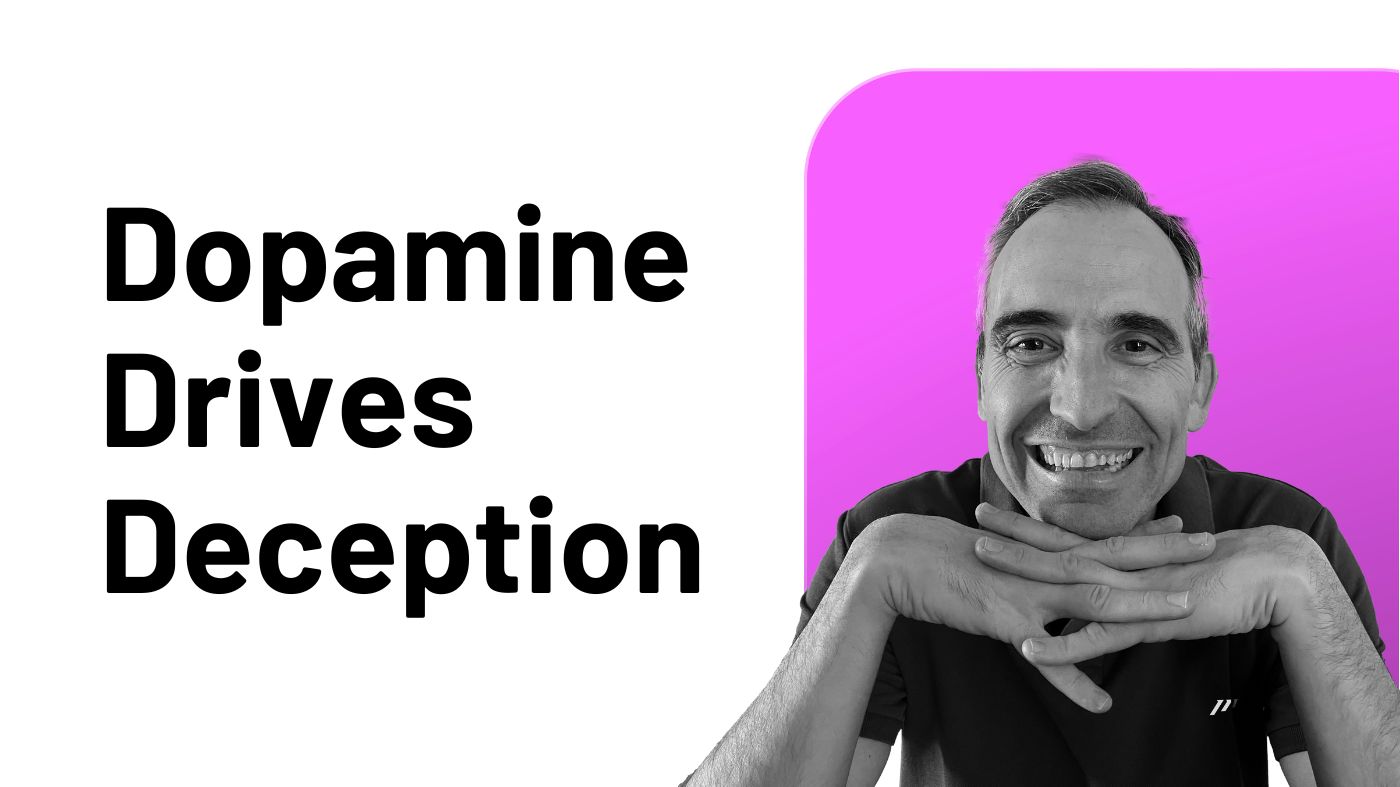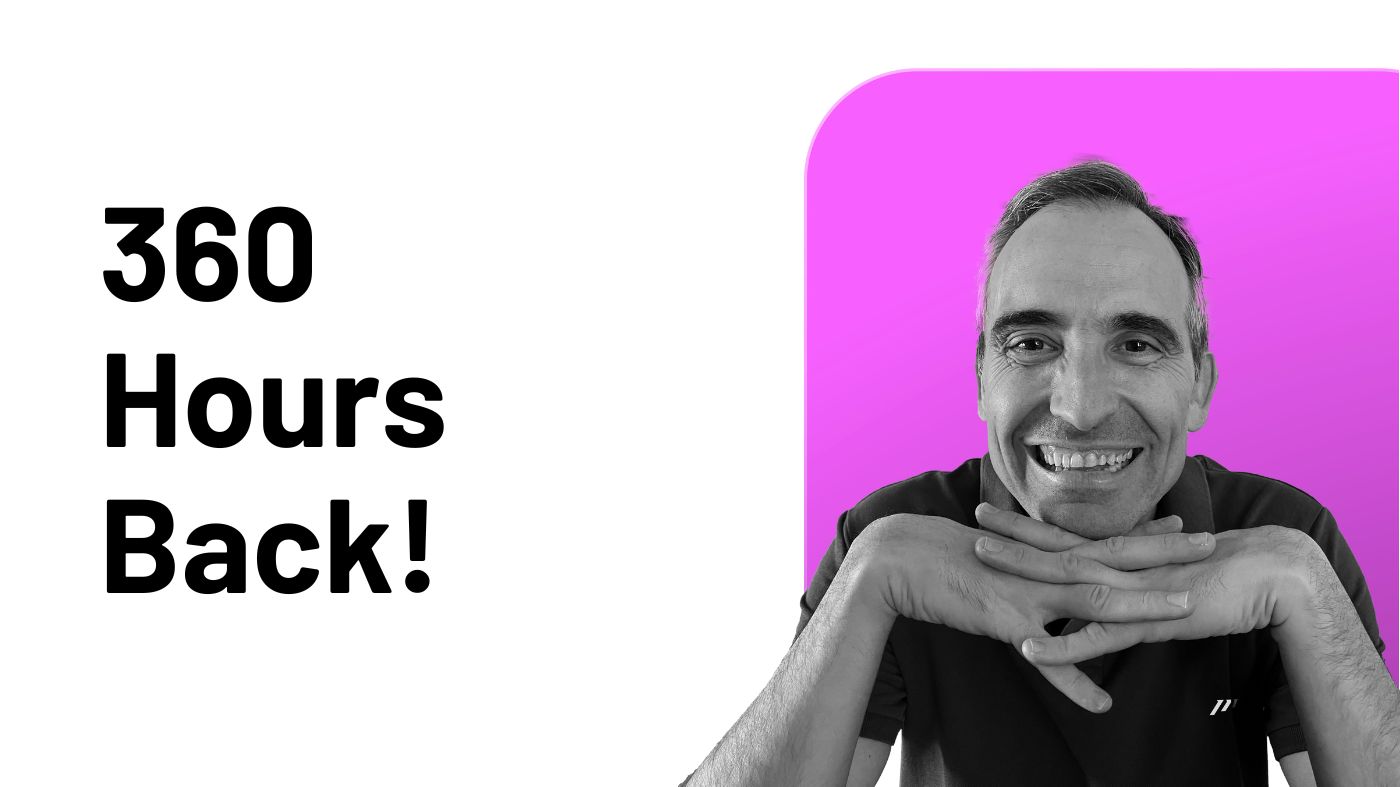Many members inside the Paperless Movement® Membership tell us they’re trying to find a one-and-only app to manage all their productivity system.
They think if they just have one app to run all their processes, everything will become easier because:
- They’d have one place to store it all.
- They’d look for their information in just one place.
- Or, they could manage all their projects and tasks in just one app.
It seems logical, but… I always tell them they’re wrong.
It’s not by going that way that you’ll overcome all the problems you’re facing talking about your productivity system.
It’s not by having one app to manage everything that your capture and retrieval process will be easier, faster, and better.
In fact, it’s just the opposite.
In this article, I’ll tell you why!
The Solution
In the Paperless Movement®, we’ve designed and developed a 3-layer ecosystem called ICOR®.
ICOR® stands for Input, Control, Output, Refine, and allows you to get your work done with better information management by following those 4 simple stages.
We explain to our members, in our ICOR® Mastery Course, one crucial concept: Satellite apps.
Satellite apps are specific apps that perform really well in one specific and defined feature.
That way, you can start analyzing your workflows and looking for satellite apps to cover those specific needs.
So, what do you get by using different apps instead of looking for one app that fits it all?
Well, you start creating different SSOTs (Single Sources Of Truth), a concept we also explain in our ICOR® Membership.
A Single Source Of Truth is a place where you know you’ll find what you’re looking for.
As easy as that!
Having multiple apps allows you to improve your processes inside each stage of ICOR®.
Let’s see how you can do it!
ICOR®’s Stage #1: INPUT
INPUT is taking information from the outer world to your world.
There are apps that really nail it when talking about the capturing process.
For example:
- Drafts is an amazing app to capture text because they’re specialized in it.
- Vimcal is a perfect fit to schedule your events whenever they pop up.
ICOR®’s Stage #2: CONTROL
CONTROL means processing your captured information.
Here, for example, you can take advantage of inboxes, places where you temporarily store your information if you don’t know what to do with it after the INPUT stage.
Many apps allow you to have inboxes.
For instance, when I have to quickly store a to-do, and I don’t have the time to put it in the right place, I use inboxes inside Todoist or ClickUp.
Later on, while I execute my routine to process my inboxes, I run through all those to-dos and polish all the information and actions that need to be done.
Not all apps allow you to easily create inboxes.
It’s by selecting certain apps that you can implement that workflow with zero friction.
ICOR®’s Stage #3: OUTPUT
OUTPUT equals creating actions based on the information you’ve captured and processed.
Usually, apps that are good at capturing and processing are not as good as you’d like when you need to manage your actions.
Project and task management apps like Sunsama, Todoist, or ClickUp were designed and thought to perform those types of features.
That’s why you can trust them to implement those types of workflows.
As you can see, the more you use an app for what it was designed, the easier you’ll work, and the faster your results will come.
ICOR®’s Stage #4: REFINE
REFINE is the last stage in ICOR®’s methodology.
It’s where you speed up your productivity because you optimize and automate your workflows.
Here, I’ll share with you 2 examples.
On one hand, you refine your productivity system by using specific satellite apps such as Zapier, for example.
These types of apps were designed and thought to give you easy ways to automate processes in your productivity system without even needing to know how to code.
On the other hand, it’s also easy to refine your system when you focus your attention on satellite apps because you can easily replace any of them to improve it.
But, if you bet on the “1-app-fits-it-all” approach, moving from one app to another is a huge and dangerous step that will deeply affect you.
Instead, replacing one satellite app with another one is just a piece of cake.
You can make the move, try it and easily reverse it in case you don’t like it.
If it works, you’ve improved your system without dedicating a great deal of time, energy, or effort.
Takeaways
So, let’s wrap up everything to draw some conclusions.
- Forget about an app that fits it all.
- Pay attention to what the developers wanted when they designed and developed their piece of software.
- Take advantage of the strengths of each app.
- Avoid its weaknesses.
- Try to find an app that perfectly suits each of your workflows.
By doing all that you’ll have a strong system, flexible enough to polish and adapt to your workflows.
Your system will grow. And, with it, you too.




